How to teach wave radiation with thermbot: wave blaster
Teach Wave Radiation With ThermBot: Wave Blaster
31
STEPS
TOOLS
Learning Outcomes: 1. Understand that radiation is a form of energy transfer; 2. Understand how various wave properties are related; 3. Understand the function of the Electromagnetic Spectrum
Key Vocabulary (pg. 17 of guide): •WAVE •MEDIUM •PROPAGATE •RADIATION •AMPLITUDE •FREQUENCY
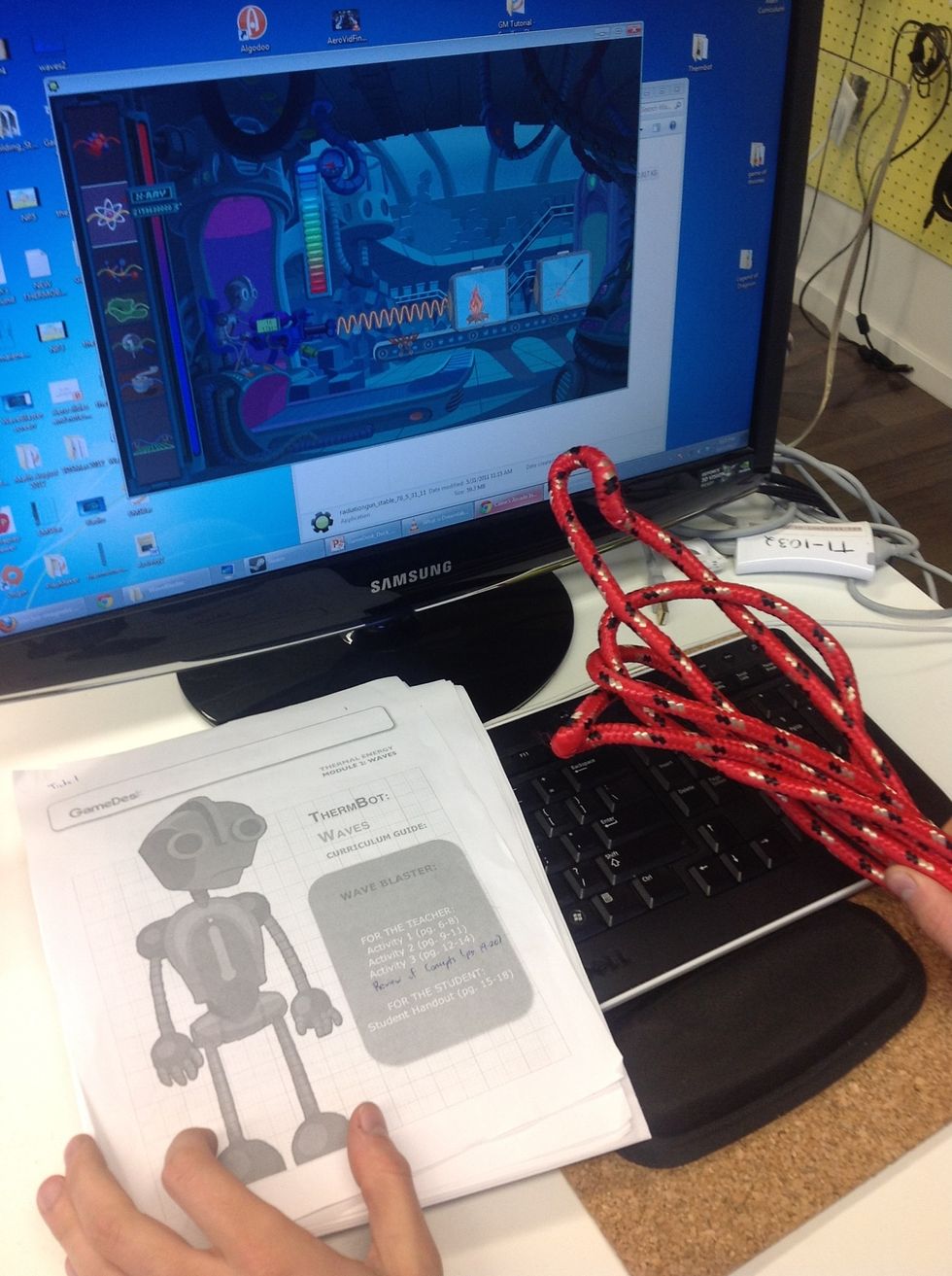
Materials needed: 1. Computer (Windows OS), 2. Handouts (in curriculum guide), 3. Pen and paper, 4. ThermBot game downloaded, 5. Rope
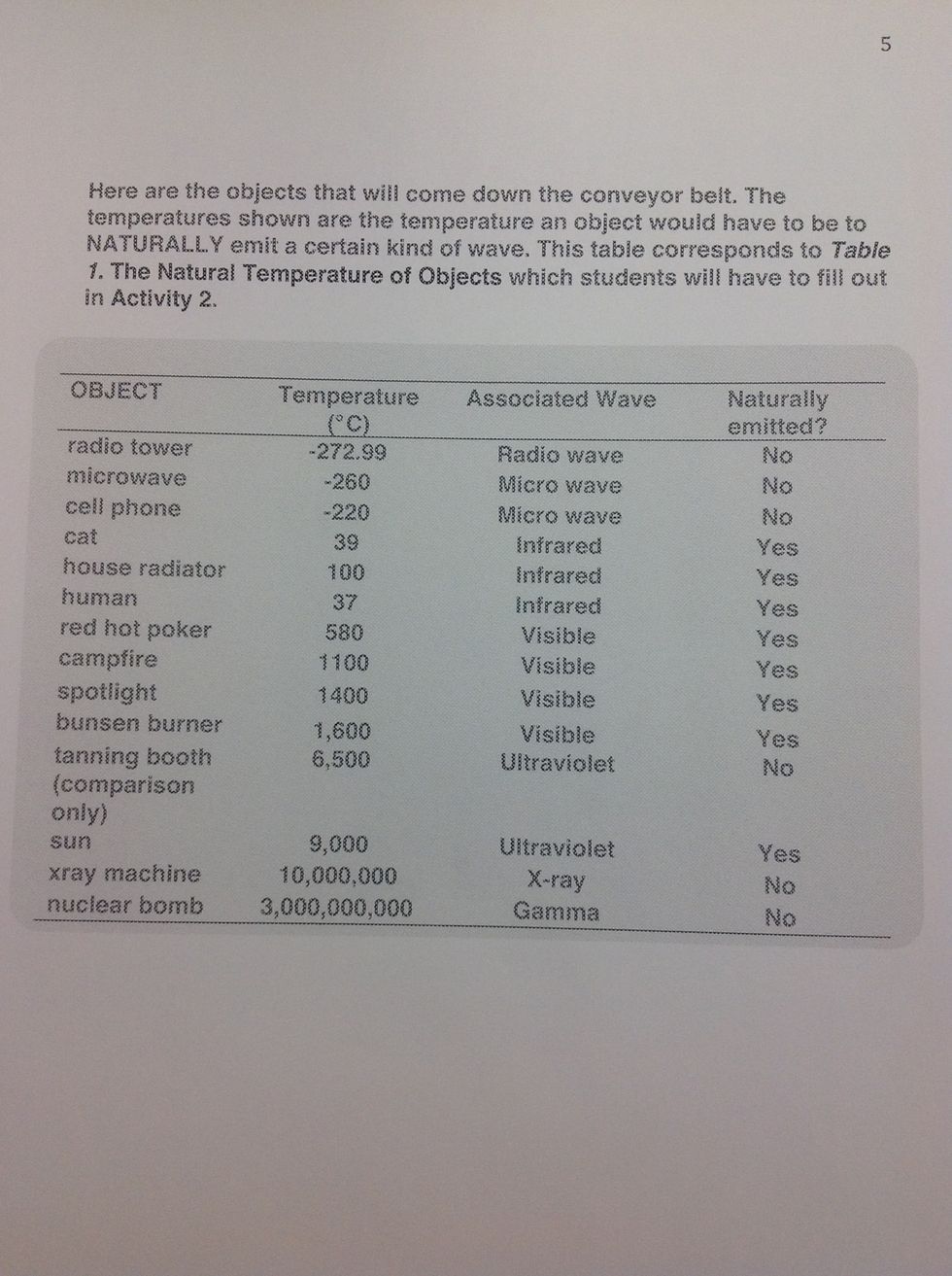
How to play: Here is a cheat sheet (pg. 5 of the guide) of the objects, their corresponding wave, the natural temperature they emit, and whether or not they are naturally or artificially emitted

Activty 1: Have students put hands near their face to feel their body heat (radiation). Emphasize that the heat transfer they feel is just like the heat they feel from the sun.

Activity 1: Visualize for students the relationship between energy, frequency, and amplitude. Emphasize that if you know one of these you can know all of them.

Activity 1: At the end of the activity, sudents should understand that as THERMAL ENERGY goes up, FREQUENCY increases but AMPLITUDE decreases.
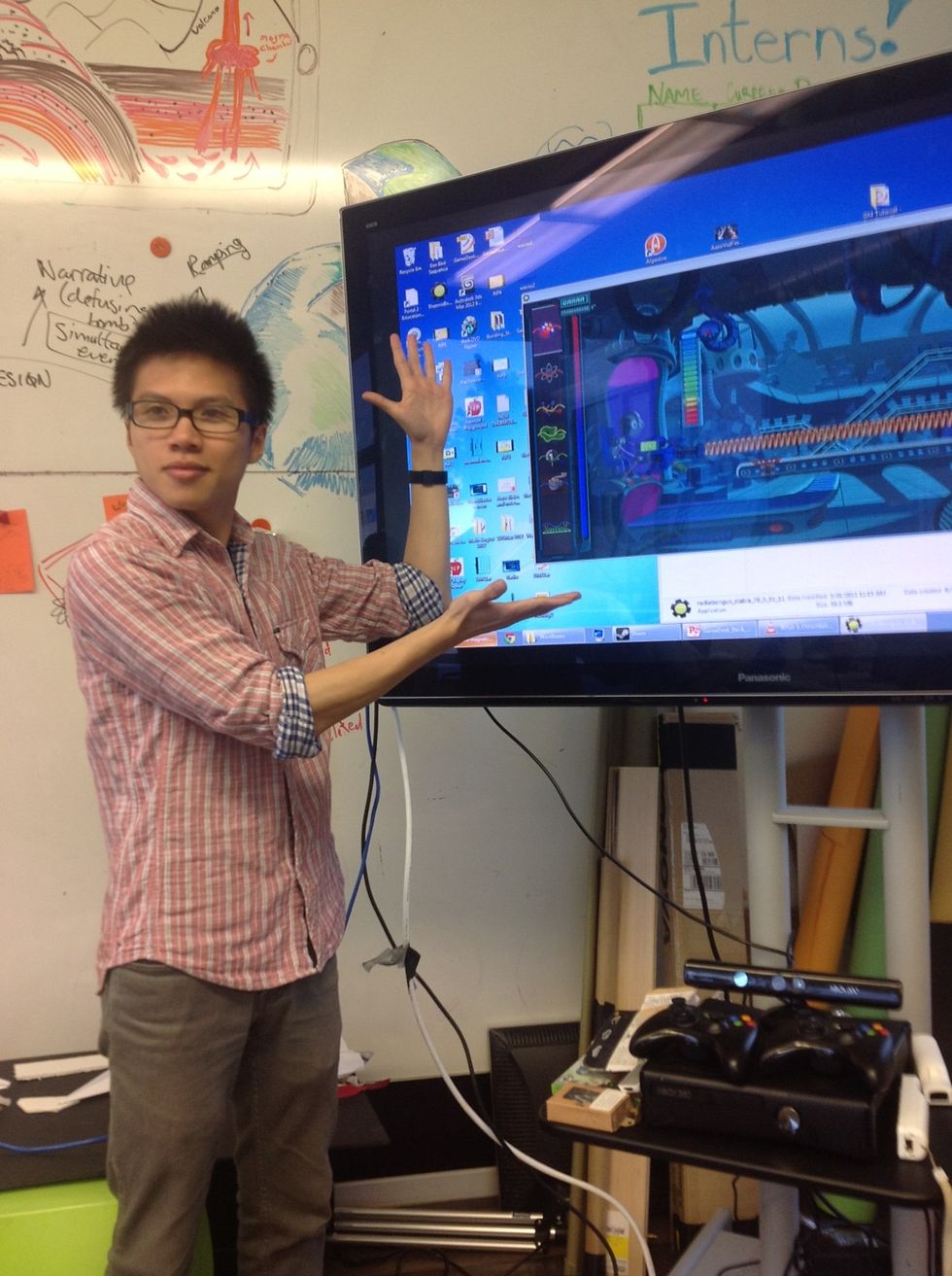
Activity 2: Introduce Thermbot: Waveblaster. Tell students that they are Nelson the robot attempting to power a power plant sometime in the future by breaking open boxes with their wave gun.

Activity 2: Students explore Wave Blaster, given basic game mechanic instruction by the teacher.
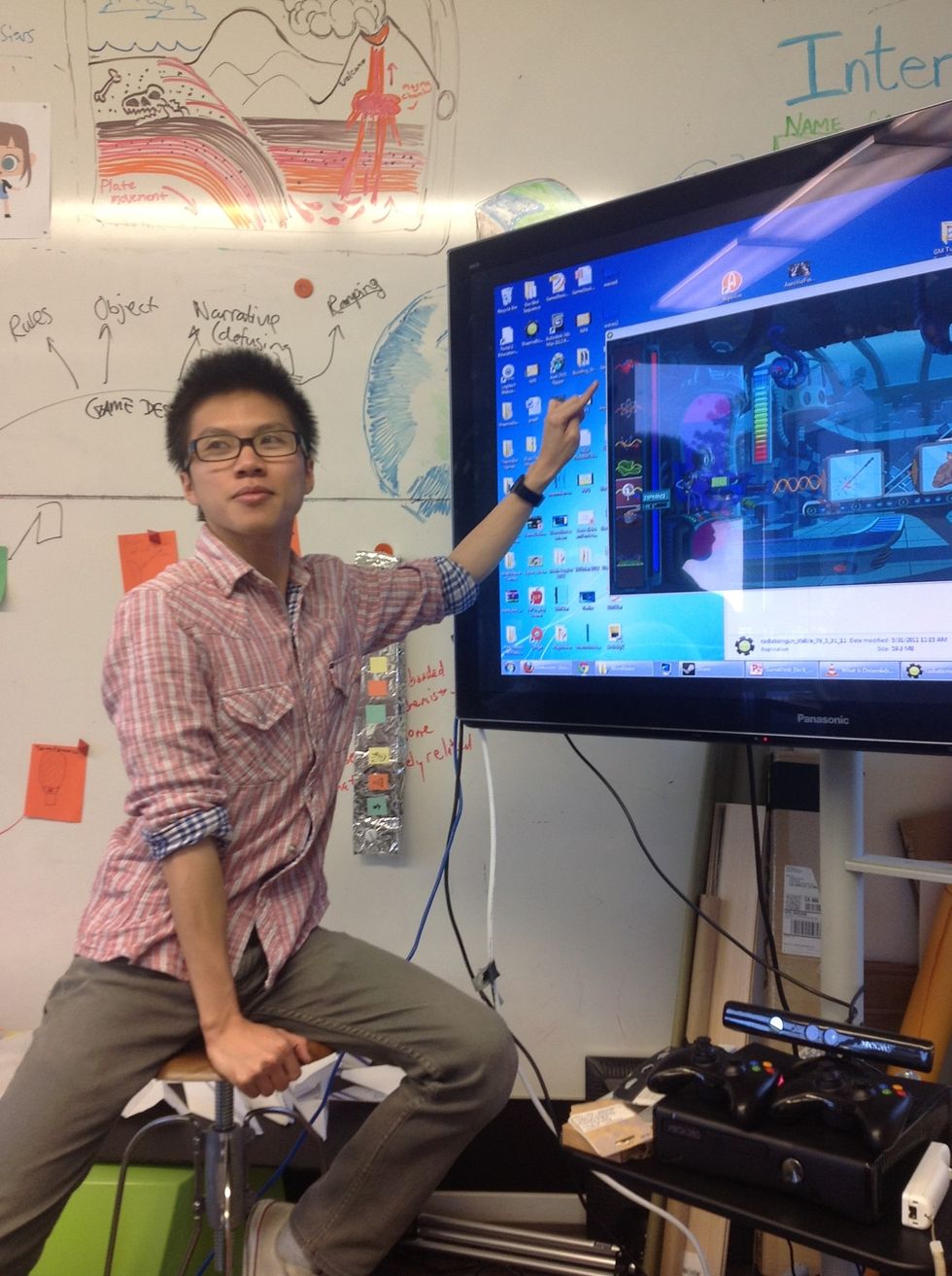
Activity 2: Facilitate discussion centered around students' in game observations. Have students realize that to win they need to match the wave gun thermal energy to that of the object's in the box.
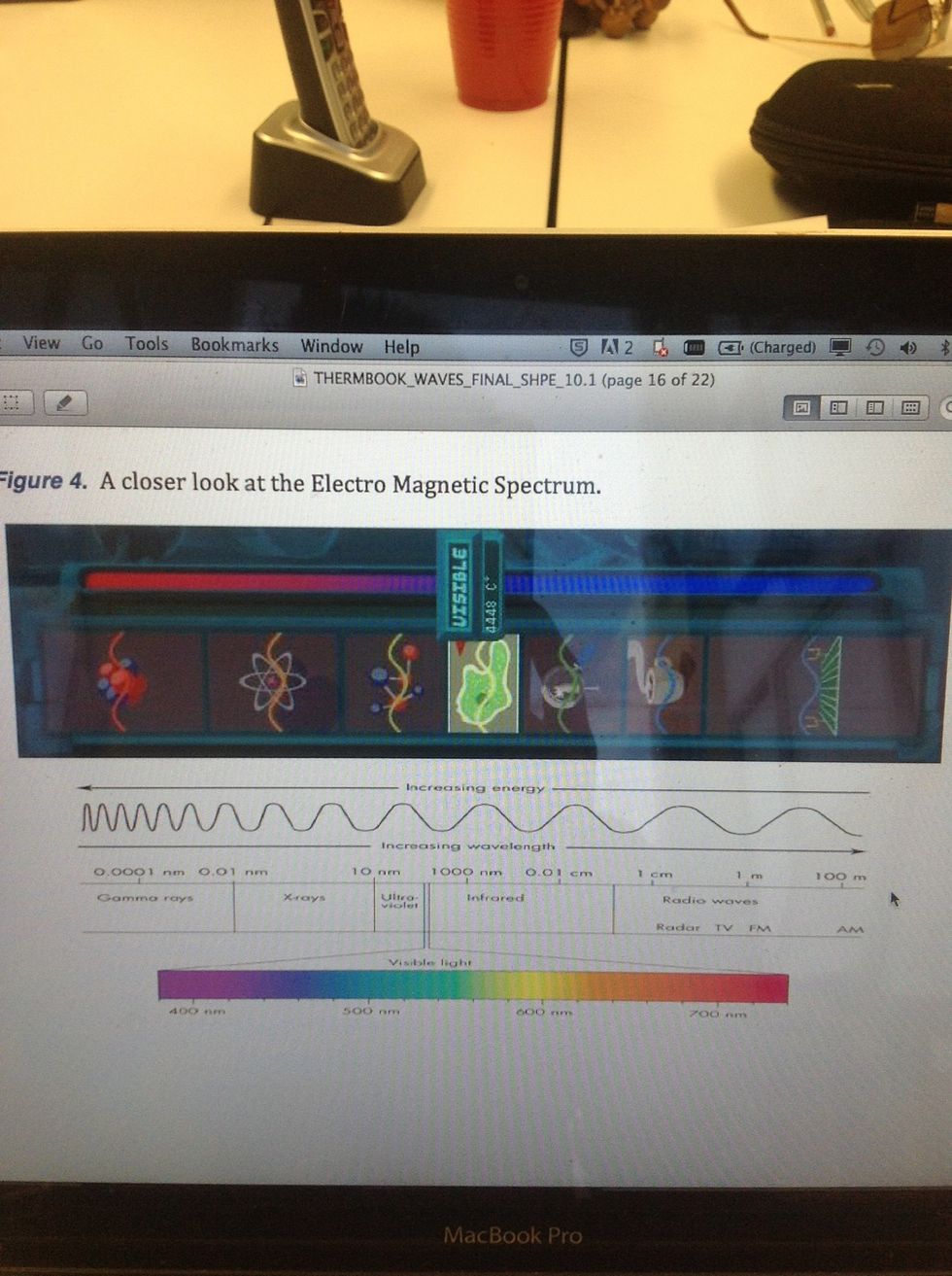
Activity 2: Electromagnetic (EM) spectrum (Figure 4 is on pg. 16 of lesson plan)

Activity 2: Students play the game again after being introduced to the EM spectrum and fill out the Table 1 worksheet (next slide for a closer view)
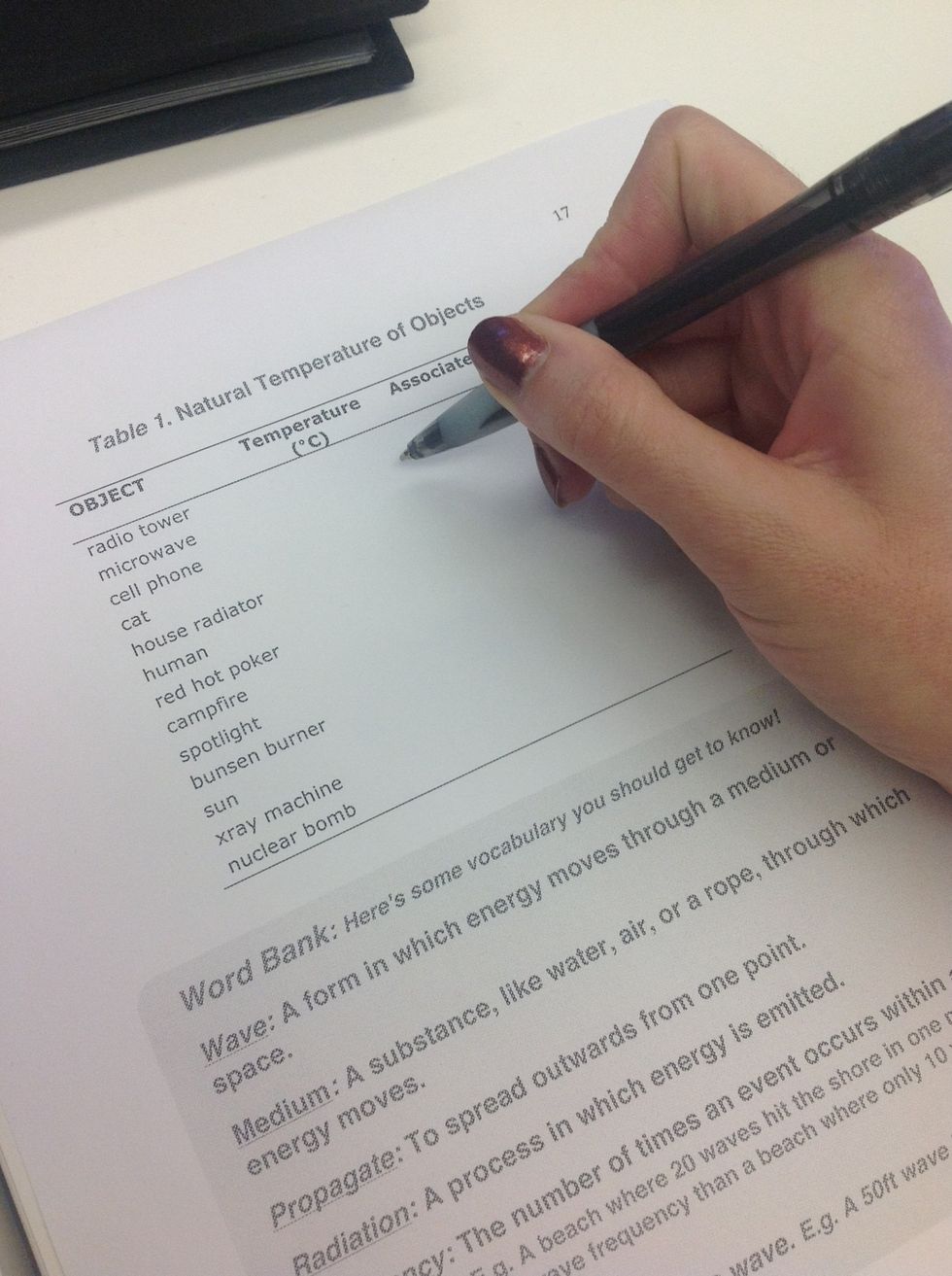
Activity 2: Students fill out "Table 1. Natural Temperature of Objects" (pg. 17 of lesson plan).

Activity 2B: Students continue in pairs and begin to fill out Table 2. Students should switch between playing and helping with the Tables.

Activity 2B: Students fill out Table 2. which defines the temperature ranges for waves in the EMS. Note: students have to be more exact as levels progress and thus by level 8 there are many divisions.

Activity 2B: By using both tables and some teamwork students should be able to beat all eight levels while gaining knowledge of waves as they relate to thermal energy and the EMS.
The creator of this guide has not included tools